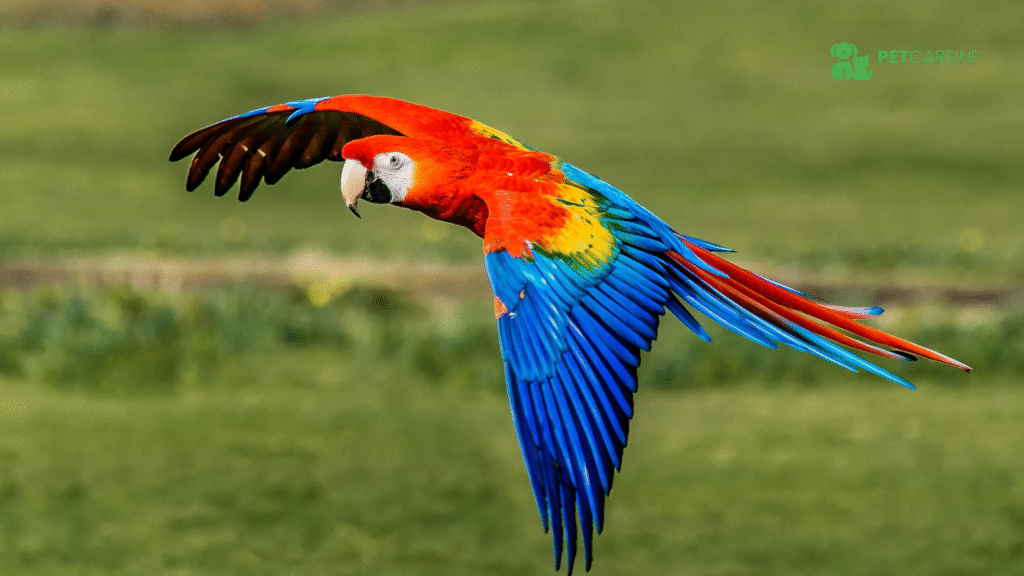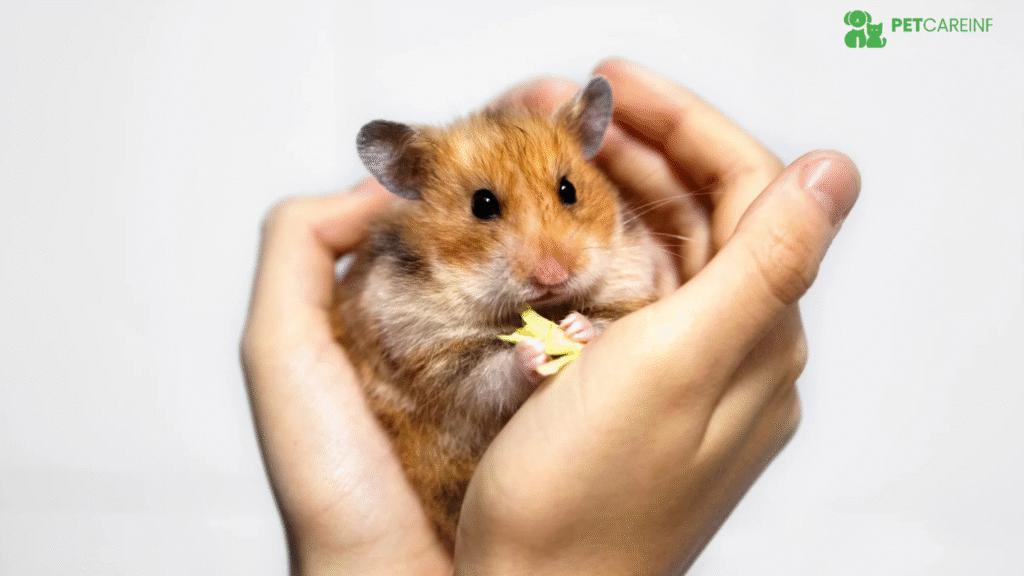Table of Contents
The macaw scarlet is one of the most famous parrots found in the world. Its vibrant red, yellow, and blue feathers draw owners of pets as well as nature lovers. This guide will explain everything you need to know about the scarlet macaw bird, including its characteristics, diet, requirements, and legal rights of ownership for 2025.
What Is the Macaw Scarlet Species?
Before you can learn how to take care of this parrot, it is important to know what makes the macaw scarlet distinct among tropical birds. This article focuses on its background, appearance, as well as its native habitat.
Scientific Classification and Origin
The scarlet macaw bird (Ara macao) is part of the family of Psittacidae, which includes large parrots with powerful beaks and vibrant colors. They are native to tropical rainforests in Central as well as South America, stretching from the southern part of Mexico through Brazil in the Peruvian Amazon. Peru.
Physical Characteristics
A mature macaw scarlet can span up to 33 inches from head to tail with wingspans of up to 40 inches. The plumage of macaws is predominantly scarlet red with accents of blue and yellow wings. Their facial patch is white and bare. is slightly darker when they’re excited or distressed, indicating their mood by subtle color changes.
Habitat and Range
The wild scarlet macaw birds are found in evergreen, humid forests close to the savannas and rivers. They prefer tall trees so that they can build nests in a cavity and feast on seeds and fruits. The population is strongest in the areas that are located in Costa Rica, Panama, and the Amazon Basin.
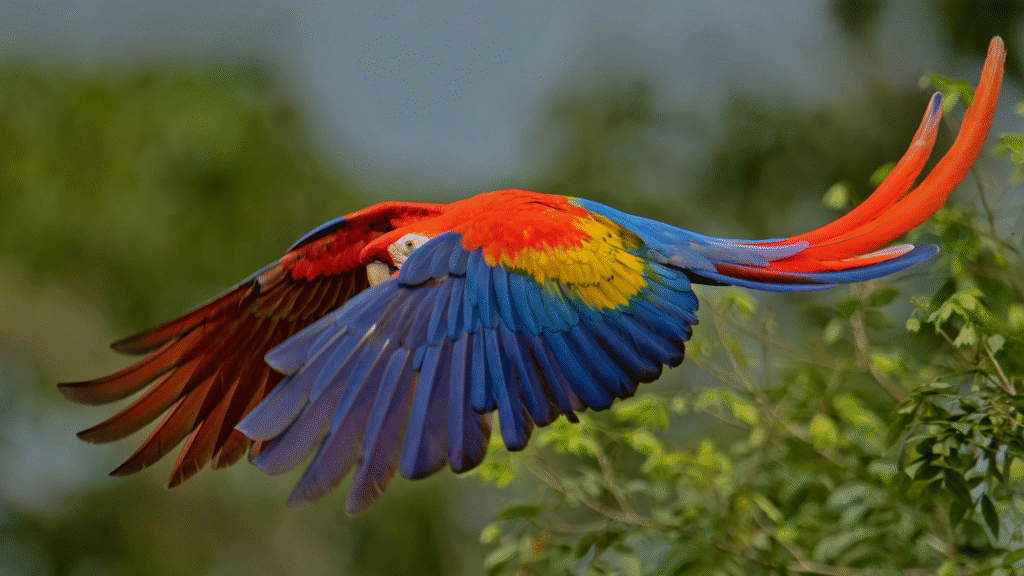

How Long Do Scarlet Macaw Birds Live?
The lifespan of a scarlet macaw bird is crucial before deciding whether to take one to your home. Here’s how long they last and the factors that influence their lifespan.
Lifespan in the Wild
A healthy scarlet macaw species can live for 40 to 50 years in natural habitats. Survival is dependent on the availability of food, as well as predators and deforestation rates.
Lifespan in Captivity
If properly cared for, they can live to 60 to 75 years old. A few individuals at zoos and sanctuaries have survived to the age of 80 thanks to balanced diets and regular medical health care. A macaw scarlet can be an ongoing commitment that could outlast mortgages or cars.
Factors Affecting Longevity
The quality of food, the stimulation for the mind, and the veterinary supervision are the most important. A poor diet or isolation can lead to stress that can cut down their lives drastically.
Behavior and Personality of the Scarlet Macaw Bird
Knowing the way that the birds think and behave can help you build more of a stronger connection. Let’s take a look at the traits of personality that define the species of macaws known as the scarlet macaw species.
Intelligence and Learning Ability
The scarlet macaw bird is renowned for its superior cognitive and problem-solving abilities. It mimics sounds and can recognize the voices of others, and can learn simple commands or words. Mental challenges, like puzzle feeders or training sessions, keep them from becoming bored.
Social Behavior and Bonding
When they are in the wild, macaws form pairs, which are mates for life, and they make up flocks of between 10 and 30 birds. In captivity, they typically have a close bond with a couple of humans. The owners must devote a good chunk of their time each day with them to build confidence and prevent any behaviors that could cause problems.
Noise Level
The macaw scarlet has the most powerful voice. Its calls can be as loud as 100 decibels, which is comparable to the sound of a lawnmower. Potential owners must confirm that their neighbors or the rules of their apartment permit noisy birds to be heard.
Diet and Nutrition for Macaw Scarlet Birds
Food choices that are healthy and nutritious keep your macaw scarlet healthy and active. Here is a brief overview of the foods they consume and the foods to stay clear of.
Ideal Daily Diet
A balanced diet consists of pellets for parrots (60 percent), fresh fruits (20 20 percent), and vegetables (15 percent), as well as seeds or nuts (5 percent). Vitamin A-rich foods like red peppers, carrots, and sweet potatoes keep plumage healthy.
Foods to Avoid
Do not feed avocado or chocolate, caffeine, or alcohol. These cause toxicity in scarlet macaw birds. Salted nuts and fried snacks could also cause liver problems.
Feeding Tips
Recycle produce regularly and dispose of the food that is not eaten within two hours. Make sure you have clean water and filtered bowls at least twice a day. Dietary choices mimic the natural process of foraging and promote physical and mental well-being.
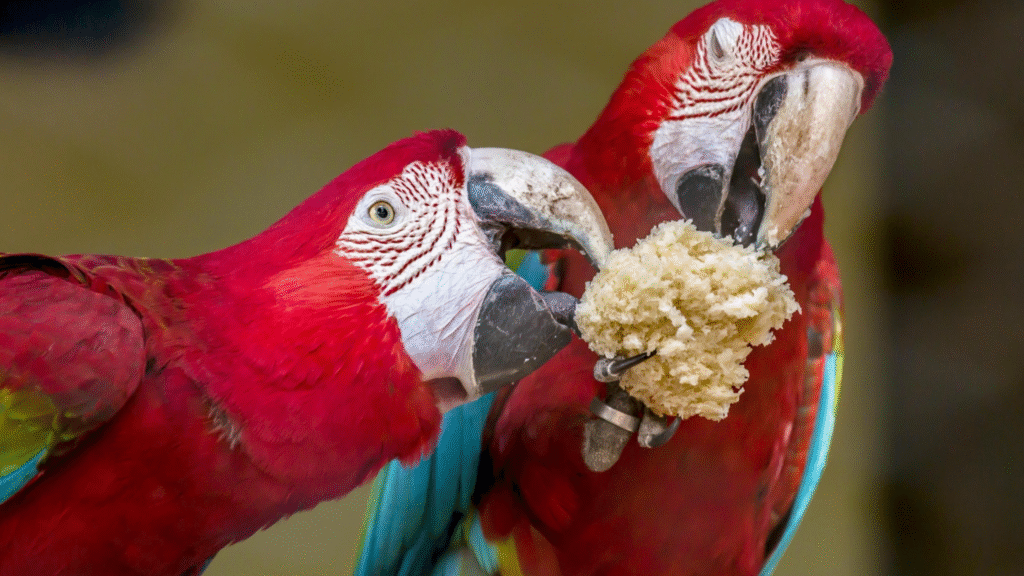

Housing Requirements for the Scarlet Macaw Bird
The macaw’s habitat is just as varied in its eating habits. Here’s how to make an environment that is safe and comfortable for your scarlet macaw bird at your home.
Cage Size and Setup
The scarlet macaw species that is scarlet needs an extremely sturdy stainless-steel cage that is a minimum of 36 x 48 x 60 inches, and bar spacing of around 1 inch. Also, include horizontal bars to climb various perches, as well as safer chew toys.
Room and Lighting
Set the cage in a light, active space in the home to encourage interactions. Natural light or full-spectrum bulbs can help to maintain the healthy rhythms of circadian cycles. Avoid spaces with drafty or cold kitchens.
Cleaning and Maintenance
Macaws make feather dust as well as food particles. Regular spot cleaning and deep washing help keep bacteria at bay. Replace cage liners regularly and clean food dishes using gentle, safe for birds.
Training and Socialization for Macaw Scarlet
A macaw scarlet thrives on structure, routine, and engagement. Let’s explore simple training methods that build trust and reduce problem behaviors.
Early Handling
Start training young. Daily handling helps your scarlet macaw bird accept touch and develop trust. Keep sessions short—five to ten minutes—to avoid frustration.
Basic Commands
Teach “step up,” “stay,” and recall cues using positive reinforcement. Offer small fruit pieces as rewards. Consistent cues reduce behavioral problems later.
Talking and Entertainment
While not all macaw scarlet birds talk fluently, many mimic short phrases or whistles. Regular conversation builds their vocabulary and keeps them engaged.
Preventing Aggression
Avoid shouting or sudden punishment. Redirect unwanted biting to chew toys. Most aggressive acts stem from fear or hormones rather than malice.
Common Health Problems in Scarlet Macaw Birds
Scarlet macaws are tough birds but they can still fall sick. If you know what signs to watch, you can help before things get worse.
Feather Plucking
A macaw may pull its own feathers when it feels lonely or bored. It can also happen if the food is bad. Give it toys, talk to it, and let it move around. If it keeps pulling, a bird vet should look at it.
Beak and Feather Disease (PBFD)
This PBFD sickness is caused by a virus. It makes feathers drop and can make the bird weak. There is no sure cure. The best way to stay safe is to buy from a breeder who shows papers that the bird is tested and healthy.
Breathing Problems
Macaws have sensitive lungs. Dust, smoke, or strong smells can make it hard for them to breathe. Keep their room clean and open the windows for fresh air. Never spray perfume or air fresheners near them.
Regular Vet Visits
Take the bird to a bird doctor every year. The vet can see early signs of sickness. If your macaw stops eating or feels weak, don’t wait. Go to the vet fast.
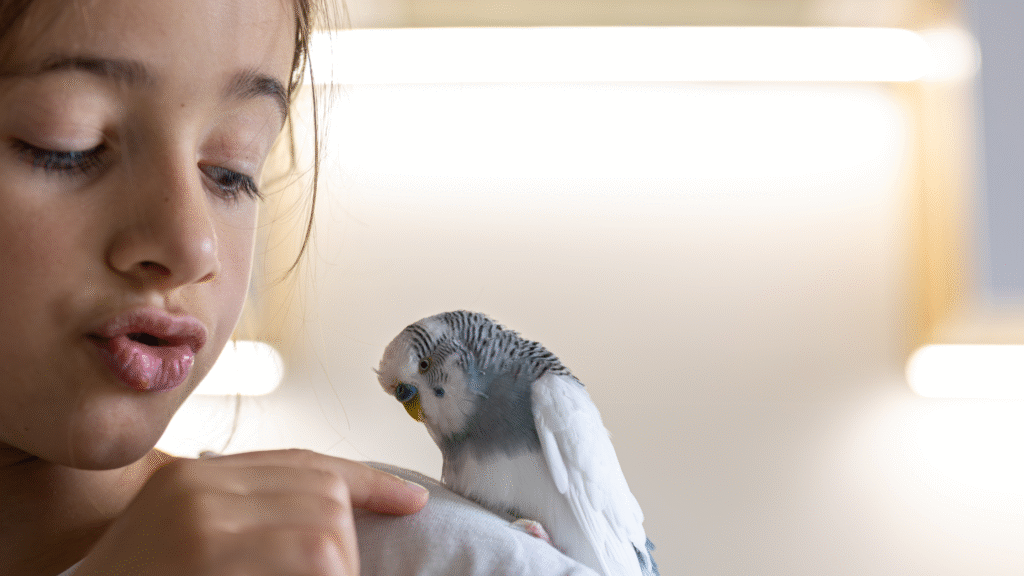

Interesting Facts About the Scarlet Macaw Species
The scarlet macaw is a real forest bird. People notice it first for its red, yellow, and blue feathers, but it does a lot more than just look pretty.
Ecosystem Role
When a macaw eats fruit, it drops the seeds while flying. Those seeds grow into new trees. That’s how big parts of the jungle keep growing again. Without birds like this, many trees would stop spreading.
Color and Communication
These birds talk in their own way. They scream, click, and move their wings to say what they want. The bright feathers also show other birds that they are strong and healthy. If a macaw looks dull or loses feathers, it might be sick or tired.
Conservation Status
You can still find scarlet macaws in parts of Central and South America. There used to be many more, but people cut down forests and sold baby birds. Now, groups in Costa Rica and Peru are helping. They raise young birds and let them fly free again, so numbers can go up.
Pros and Cons of Owning a Macaw Scarlet Bird
Before you commit, weigh the upsides and challenges of owning a scarlet macaw bird. These points will help you decide if this parrot fits your lifestyle.
Pros
- Striking beauty and strong intelligence
- Long-term companionship
- Potential for speech and mimicry
- Deep emotional bonds with caregivers
Cons
- Very loud calls
- High space and time requirements
- Expensive veterinary and dietary care
- Potential for destructive chewing if bored
Owning a scarlet macaw bird is rewarding but only for those ready for decades of attention and cost.
Final Thoughts
The macaw scarlet is not just a colorful bird; it is smart, loving, and full of energy. Keeping a scarlet macaw bird takes real time and care every single day. It needs good food, a big cage, and time to fly and play.
When treated kindly, the scarlet macaw species becomes a friend that can live for many years. It learns your voice, trusts you, and becomes part of your life. These birds remind us how beautiful nature is and why it’s important to protect them in the wild.
Frequently Asked Questions
Are scarlet macaw birds good pets?
A scarlet macaw can be a good pet for someone who already knows about birds. It likes people and learns fast, but it needs time every day to play and talk. If you want a quiet pet or work all day, this bird will not be happy.
Can a macaw scarlet talk?
Yes. The macaw scarlet can learn a few words and small sounds like doorbells or laughter.
Some talk a lot, some only a little. You must talk to it daily for it to learn.
What does a scarlet macaw eat every day?
The scarlet macaw bird eats nuts, fruits, seeds, and vegetables. In homes, they also eat bird pellets made for parrots. Avoid giving chips, chocolate, or salty food; these make them sick.
Do scarlet macaws get along with other pets?
They can live around calm cats or dogs if you watch them. Never leave them alone with small pets like hamsters or little birds; the macaw’s beak can hurt them by accident.

